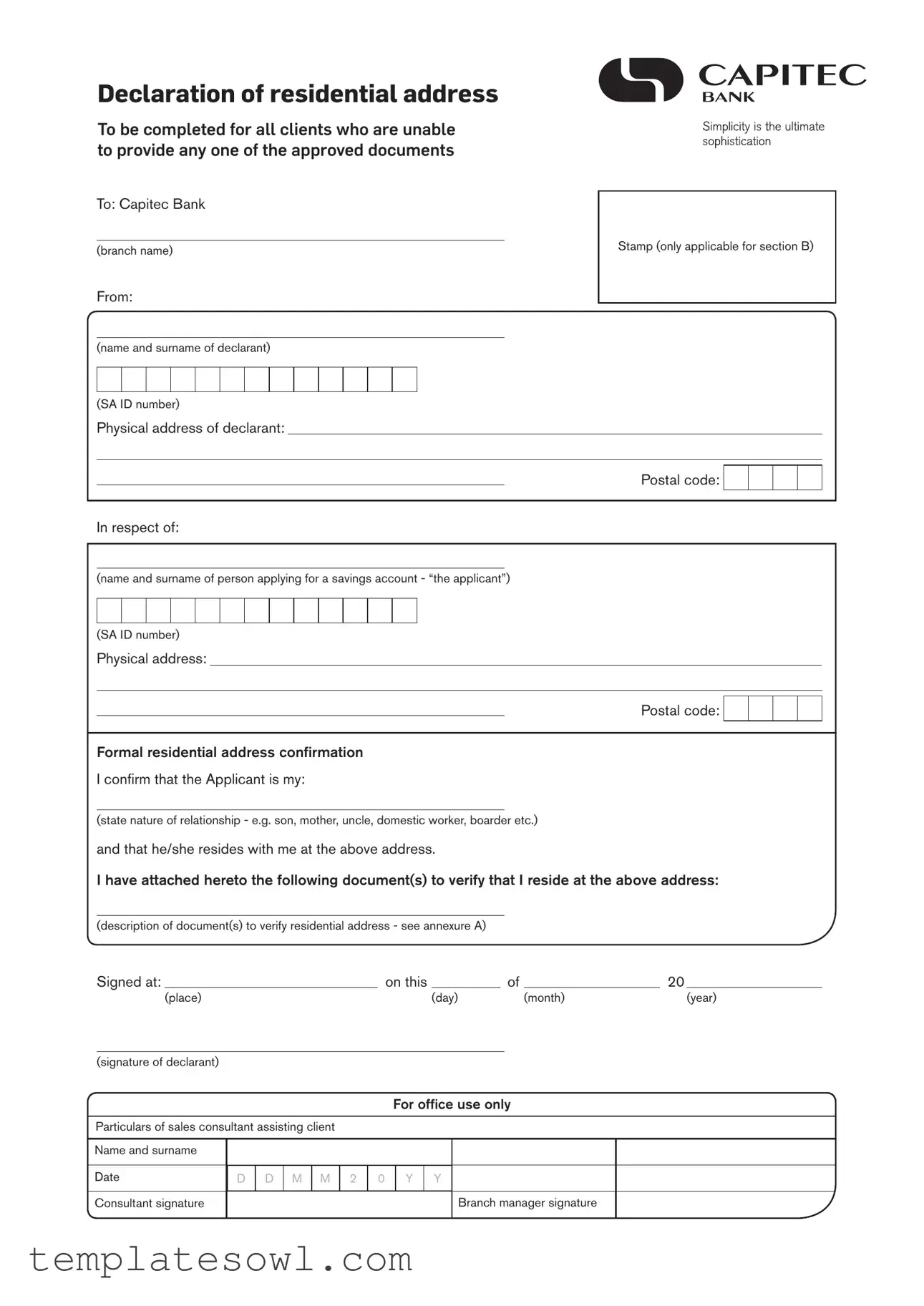What is the purpose of the Care Medicaid Prior Authorization form?
The Care Medicaid Prior Authorization form is designed to gather necessary information to determine eligibility for Medicaid services. It ensures that all required documents are submitted for review to facilitate a smooth authorization process for healthcare coverage.
Who needs to complete the form?
Any individual seeking Medicaid services must complete this form. This includes applicants who cannot provide proof of their residential address using the approved documents. It also requires the declarant, who confirms the applicant's residence, to complete their section.
What information is required on the form?
The form requires details such as the name and ID number of the applicant, the physical address, the relationship to the declarant, and a description of the documents verifying the residential address. The declarant must also provide their own identification and address details.
What types of documents can be used to verify the residential address?
Accepted documents include utility bills, lease agreements, or any other official documentation that clearly shows the applicant's name and physical address. It is crucial that the documents are current and legible.
Where should I submit the completed form?
The completed Care Medicaid Prior Authorization form should be submitted to the designated Medicaid office, or it can also be sent electronically if the office provides such an option. Check local guidelines for specific submission methods and requirements.
What happens after I submit the form?
Once the form is submitted, it undergoes a review process. Medicaid officials will evaluate the information provided along with the accompanying documentation. If all criteria are met, the authorization for services will be granted, and you will be notified of the decision.
How can I check the status of my prior authorization request?
You can check the status of your prior authorization request by contacting the Medicaid office directly. Provide your identification details and any reference number linked to your request to assist in the status inquiry. Alternatively, some states offer online tracking systems for this purpose.
What should I do if my authorization request is denied?
If your request is denied, you have the right to appeal the decision. The denial letter will provide specific reasons and instructions on how to initiate the appeal process. It is important to act promptly and gather any additional documentation that may support your case.

